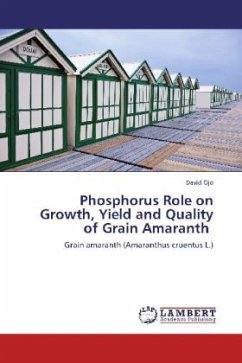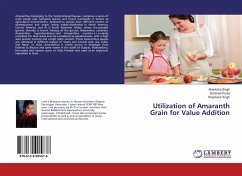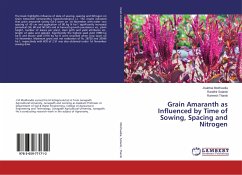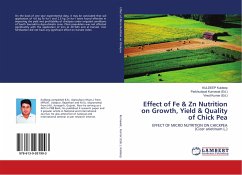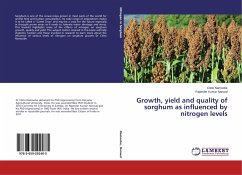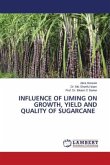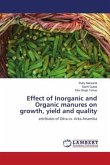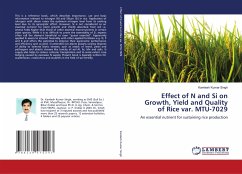Knowledge of P uptake, utilization and requirements of improved grain amaranth varieties are lacking while the high cost of conventional phosphorus fertilizers limits their use by resource-poor farmers resulting in increased interest in low-cost rock phosphates (RPs) as alternative P sources for grain amaranth production. The study was therefore conducted on the horticultural experimental farm at Ibadan, Nigeria (7°30 N, 30°54 E, 168m a.s.l.). The study was conducted to: (1) determine the optimum P rate for grain amaranth and (2) evaluate P sources and their residual effects under three consecutive croppings of grain amaranth in the screen-house and under field conditions for grain amaranth production. It was concluded that since ORP and SRP are as efficient as SSP, they could be used as an alternative low cost P sources in grain amaranth production. They are therefore recommended to be applied at every second cropping of amaranth under continuous cropping.
Bitte wählen Sie Ihr Anliegen aus.
Rechnungen
Retourenschein anfordern
Bestellstatus
Storno

